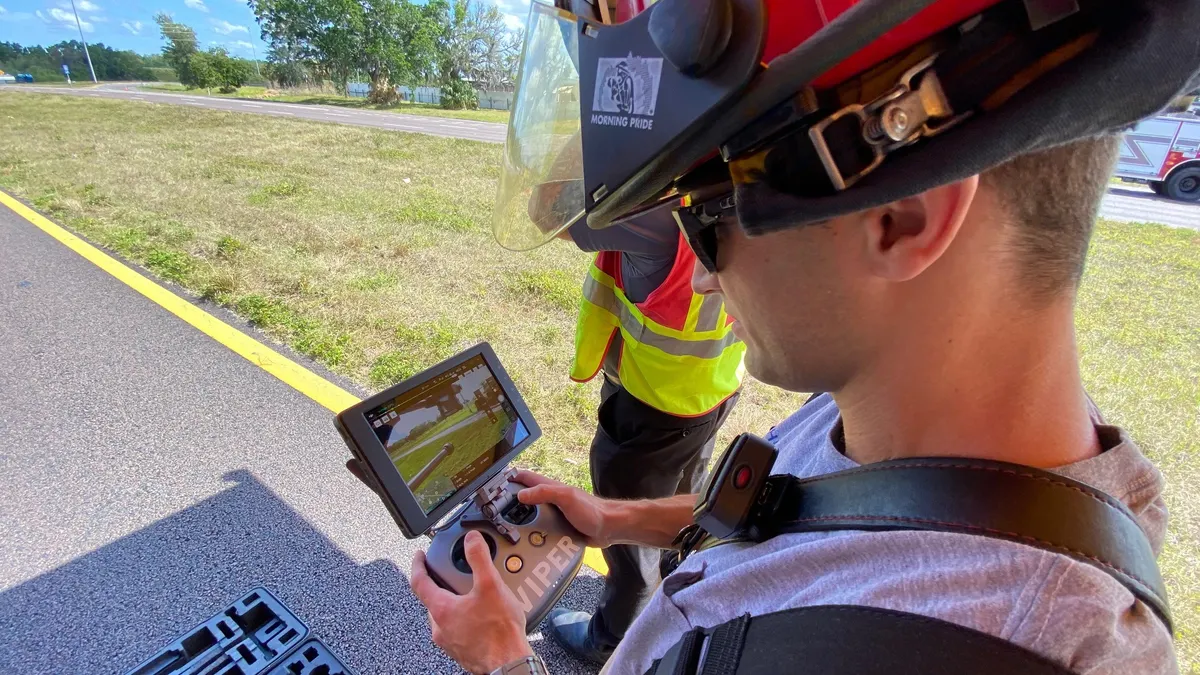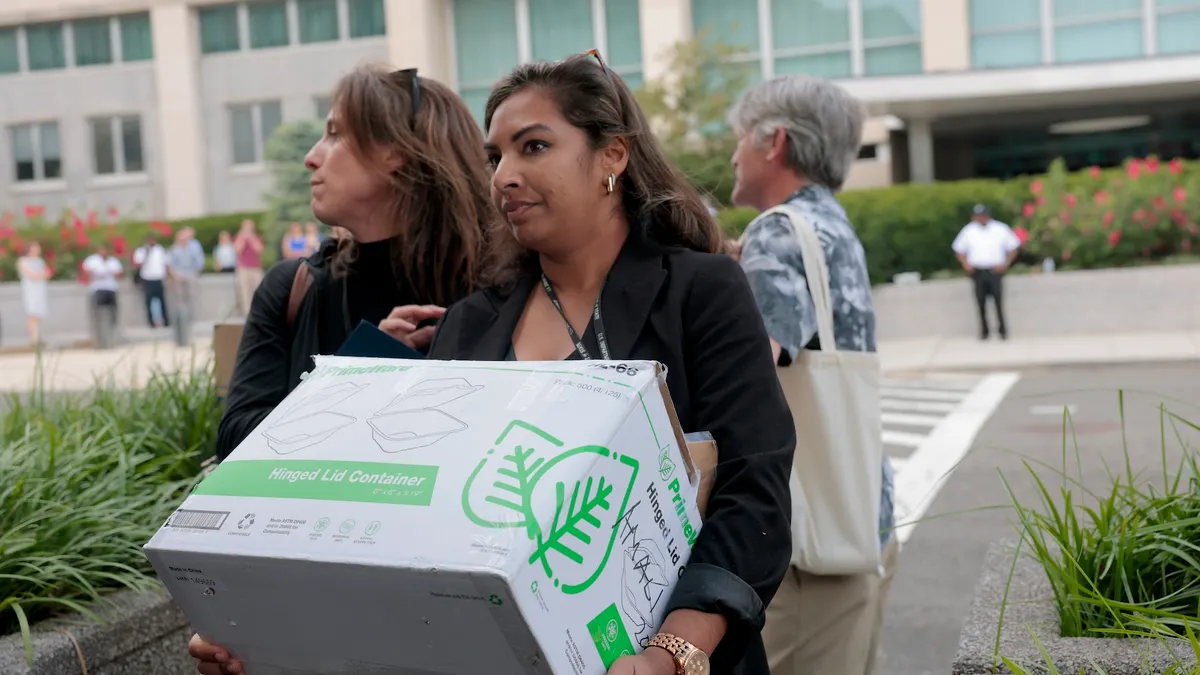Editor's note: This article was originally published in American City & County, which has merged with Smart Cities Dive to bring you expanded coverage of city innovation and local government. For the latest in smart city news, explore Smart Cities Dive or sign up for our newsletter.
We hear reports of procurement teams doing more with less, and that local government purchasing departments are lean staffed. Those trends will likely continue or worsen according to recent U.S. Bureau of Labor Statistics (BLS) data that shows governments’ hiring of purchasing managers will continue at a slower pace than hiring of purchasing managers across all industries.
The BLS estimates show state and local governments (except education and hospitals) will increase their purchasing manager workforces by 3.7% from 2023 to 2033. This is a lower hiring rate than the combined rate for all industries. Between 2023 and 2033, all industries will boost hiring of purchasing managers at a 5% clip.
State and local agencies will increase employment of purchasing managers from 3,600 in 2023 to 3,700 in 2033. All industries will boost employment of purchasing managers from 81,300 in 2023 to 85,400 in 2033. Employment of purchasing managers at federal agencies will remain stable with no growth at 6,500 between the years 2023-2033. Manufacturing industries’ employment of purchasing managers will grow from 20,300 in 2023 to 20,800 in 2033; that’s a 2.5% increase in employment during that time frame.
Some may question whether cooperative purchasing agreements really eliminate the need for detailed RFPs, formal solicitations, vendor recruiting and lengthy vendor negotiations. “Many think this is too good to be true, but the answer is yes,” says Denise Woodside, executive vice president, operations and digital strategy at OMNIA Partners.
Woodside notes that through cooperative procurement agreements, all suppliers have been vetted to ensure they meet quality standards and compliance requirements. She adds: “Thanks to the collective purchasing power of multiple organizations, we can ensure that a member is receiving competitive pricing. As a result, procurement leaders can spend less time going through the more time-intensive parts of the procurement process, such as responding to an RFP and negotiating with vendors.”
She offers the following example: “When faced with a tight deadline to accomplish renovations to their new campus, Appalachian State University used a competitively solicited and publicly awarded cooperative contract with OMNIA Partners, which allowed them to circumvent a time-consuming RFP process. By utilizing cooperative purchasing, they were able to meet their project’s design needs in time to accommodate their students’ arrival back to campus.”
Woodside spotlights some of the benefits agencies enjoy when they use cooperative contracts:
Contracts are already vetted and competitively solicited, so government procurement departments don't have to do those tasks.
Agencies can enjoy potential money-savings through the co-op contract.
The contracts can free up staff time for strategic buying, planning and upskilling procurement team members.
Procurement departments have more time to recruit new staffers as team-members move on or retire.
Agencies have more time for outreach to end-users and using departments.
Beyond the benefits listed above, Woodside explains: “In addition to making the procurement process more efficient, cooperative purchasing enables procurement teams to be more strategic value-drivers within their organization rather than being seen as a back-office function. When purchasing teams can spend less time on tasks like researching suppliers, they can dedicate more resources and energy to their organization’s strategic goals and elevating the role of procurement.”
Regarding benefits, Woodside continues: “Cooperative purchasing can also uncover additional cost savings opportunities that may otherwise have gone unrealized. Benefits like leveraging economies of scale, decreasing costs by bulk-purchasing and reducing administrative overhead mean that procurement teams are better positioned to turn cost centers into revenue-generating centers that can improve their organization’s bottom line.”
Agencies that use OMNIA Partners’ cooperative contracts have access to dedicated subject matter experts (SMEs) who can identify custom solutions that will work best for an organization's purchasing needs. These experts can offer insights and guidance throughout the procurement process, ensuring that agencies make informed decisions and obtain the best possible outcomes. The SMEs are knowledgeable in the fields of furniture, maintenance, repair and operations (MRO), facilities, contingent labor, human resources, IT and telecom, freight and logistics and food.
Ecommerce platform
OMNIA Partners OPUS, the free ecommerce platform for public sector and nonprofit agencies, makes purchasing simple. It provides access to hundreds of suppliers through competitively solicited, publicly awarded contracts so public sector procurement professionals can save time and money. “What used to take procurement teams several days can now be done in just minutes, and that’s a huge advantage when procurement teams are adapting to requests to do more with less,” Woodside explains.
She offers the following OPUS case study: “When faced with the challenge of government purchasing, the town of Epping, N.H., utilized OMNIA Partners OPUS to avoid getting caught up in time-consuming procurement processes that overwhelmed their small team. OPUS enabled them to save hours per week on research and supplier negotiations so they could redirect their efforts to serving their community.”


















